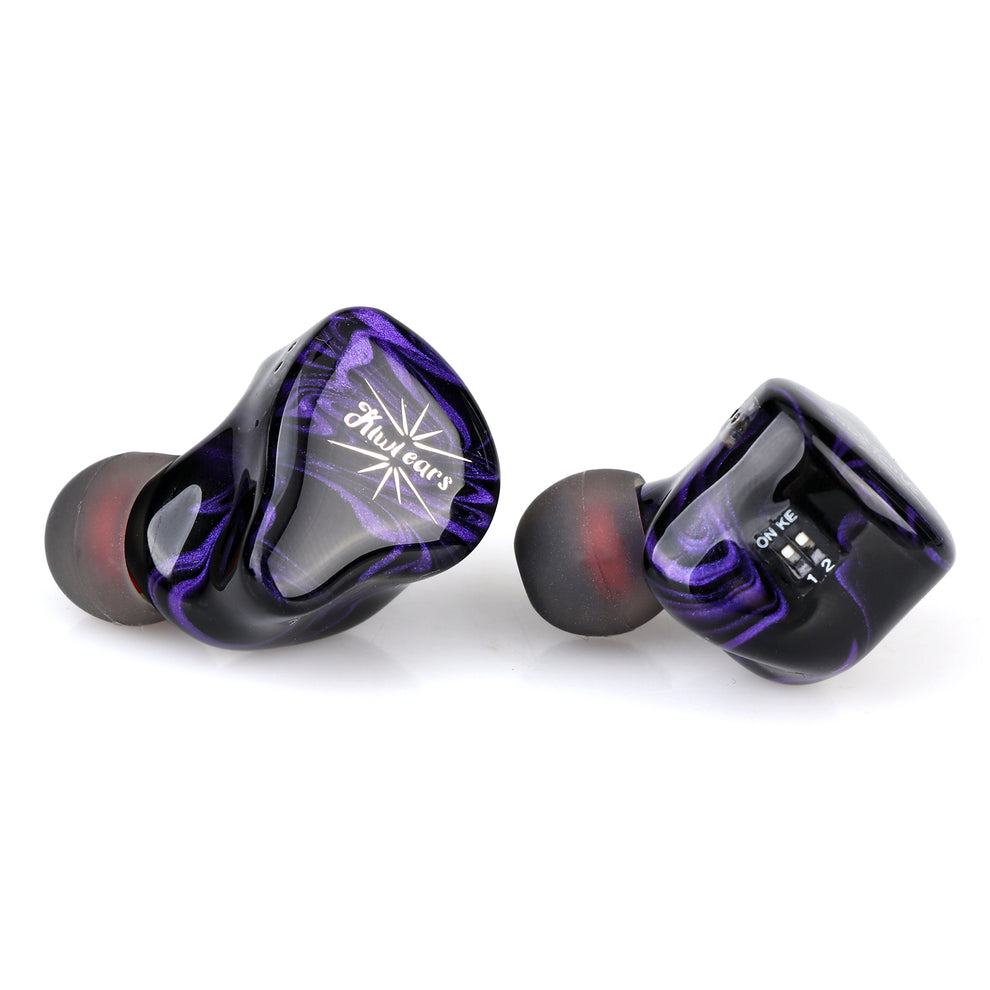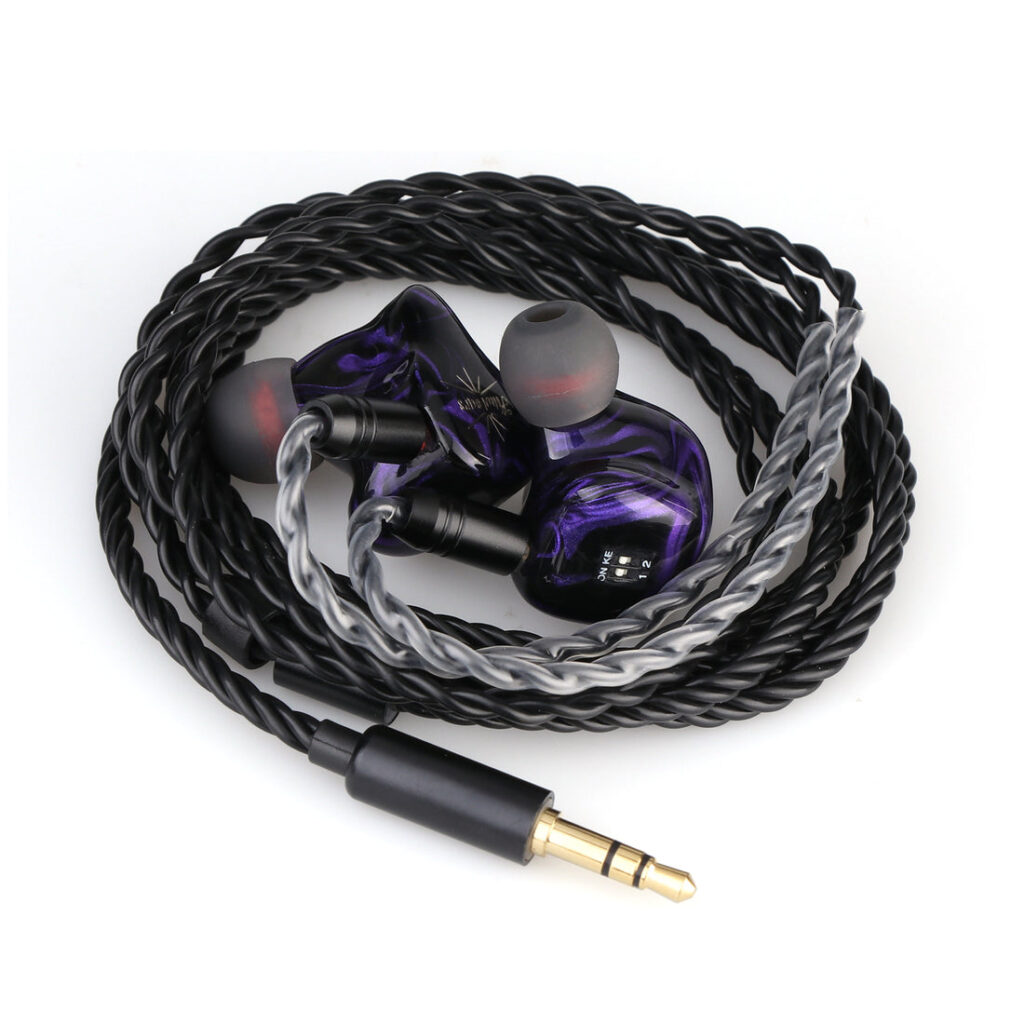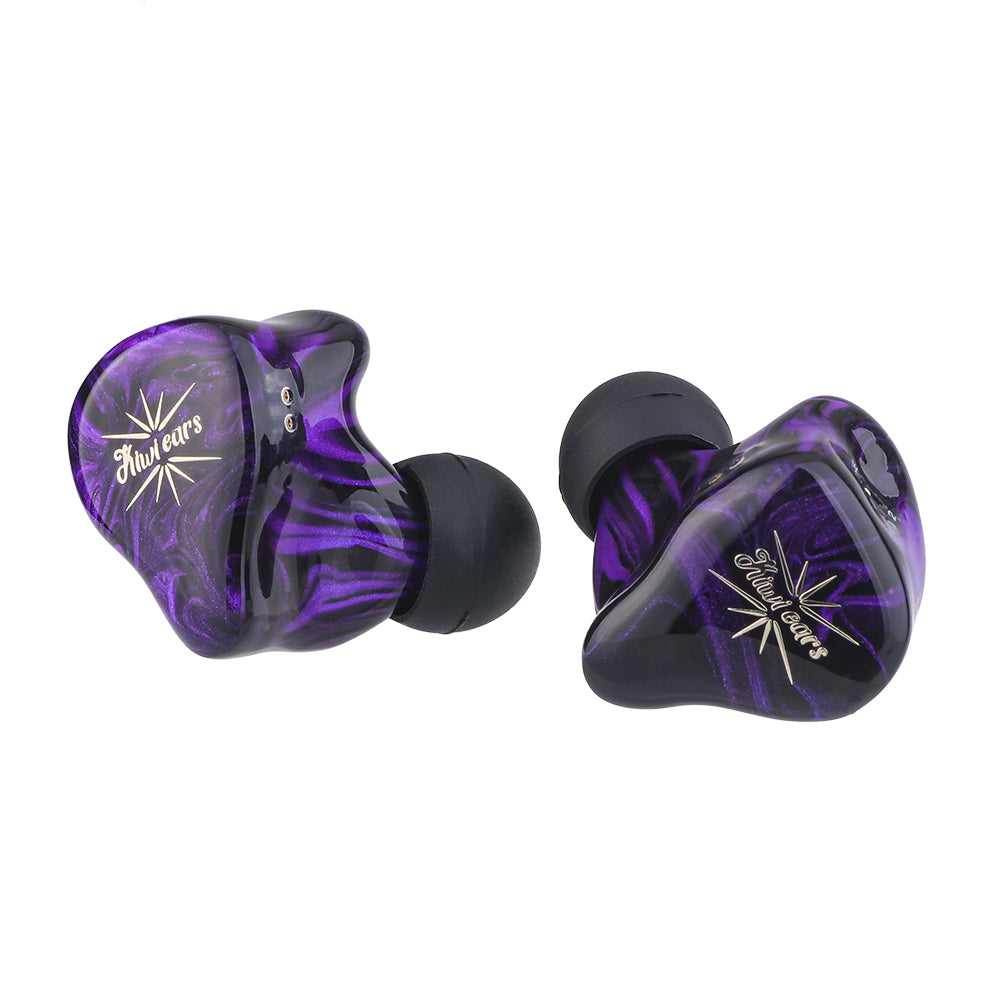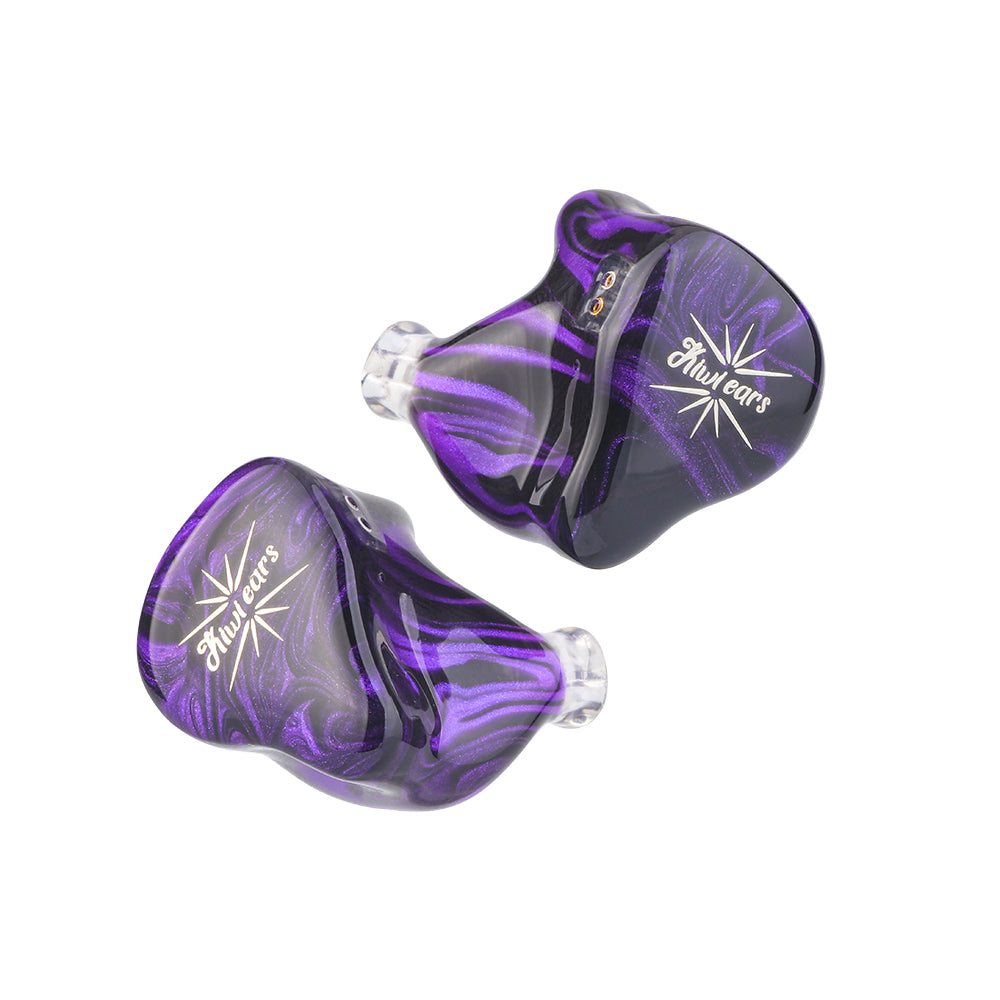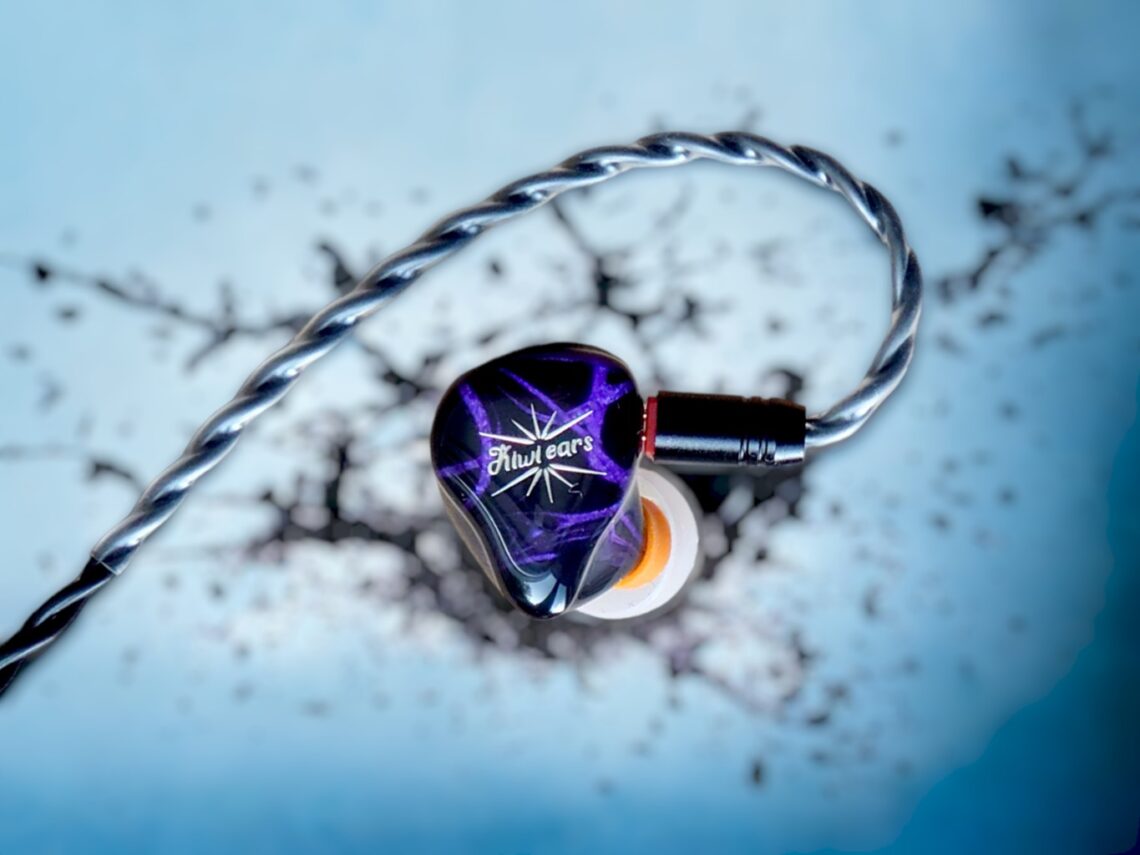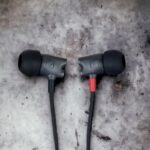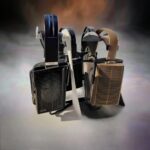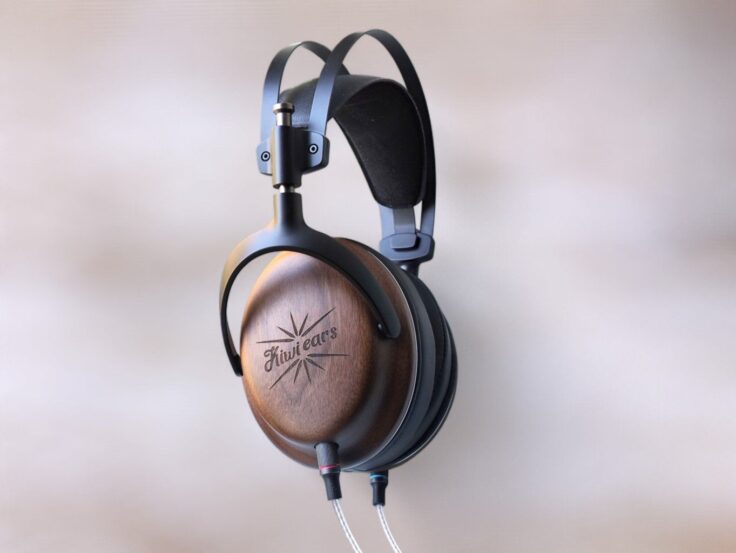BASSY AND SMOOTH
The Quartet is the next step up from the Cadenza in the Kiwi Ears lineup. We reviewed the Cadenza some weeks back. Unlike the little brother, which is tuned “Harman-curve-neutral”, the Quartet is designed to have a rather not-so-neutral sound signature, namely an especially powerful bass response. If the tracks you listen to have bass, you’ll hear it. It is, however, not boosted in a bloated way. This is high-quality bass.
The Kiwi Ears Quartet is a 4-driver IEM with a proprietary double dynamic driver to handle the bass. Two balanced armatures take care of the rest of the spectrum. The Quartets have a rather large housing for the 4 drivers but they are light and comfortable.
This page is supported by users when they donate or use affiliate links to shop for anything on Amazon via our link here .
WHAT WE THINK
- Huge bass with warmth and texture
- Smooth mid-range and delicate highs
- Effective tuning alternatives gives you at least three good tuning variations (out of four possible)
- Good price / performance ratio
We want to thank Linsoul Audio for sending us the review sample.
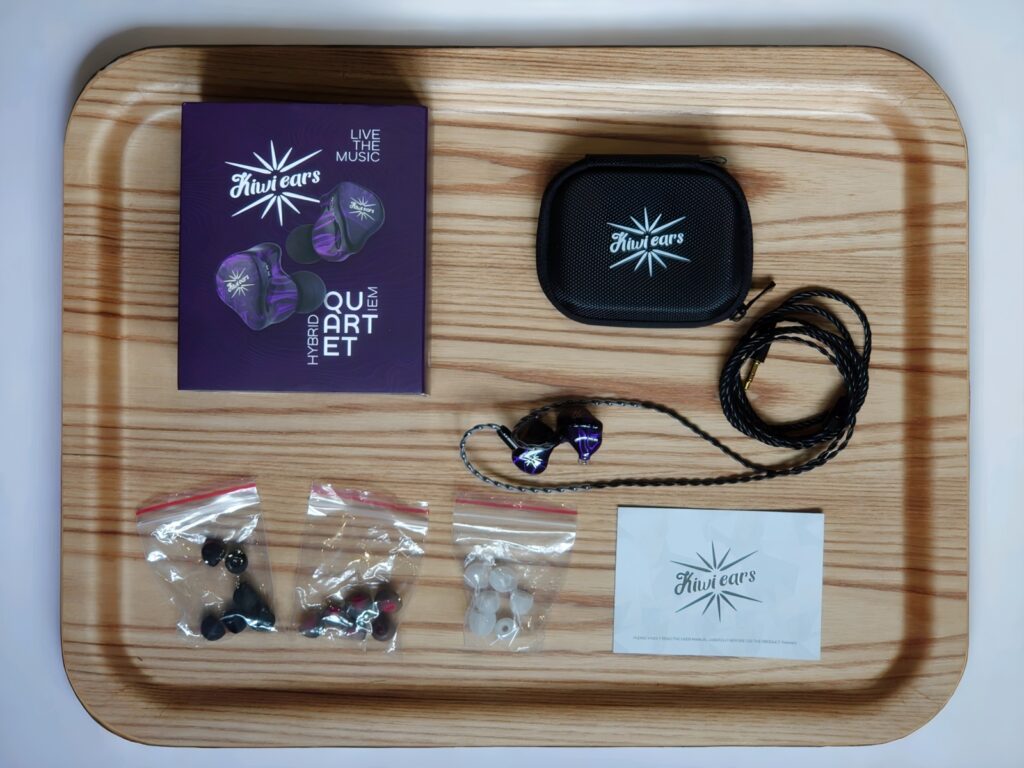
IN THE BOX
In the box are the Quartet In-Ear Monitors, an oxygen-free silver-plated copper cable, a selection of silicone ear tips, a carrying case and a tool to adjust the tuning dip switches.
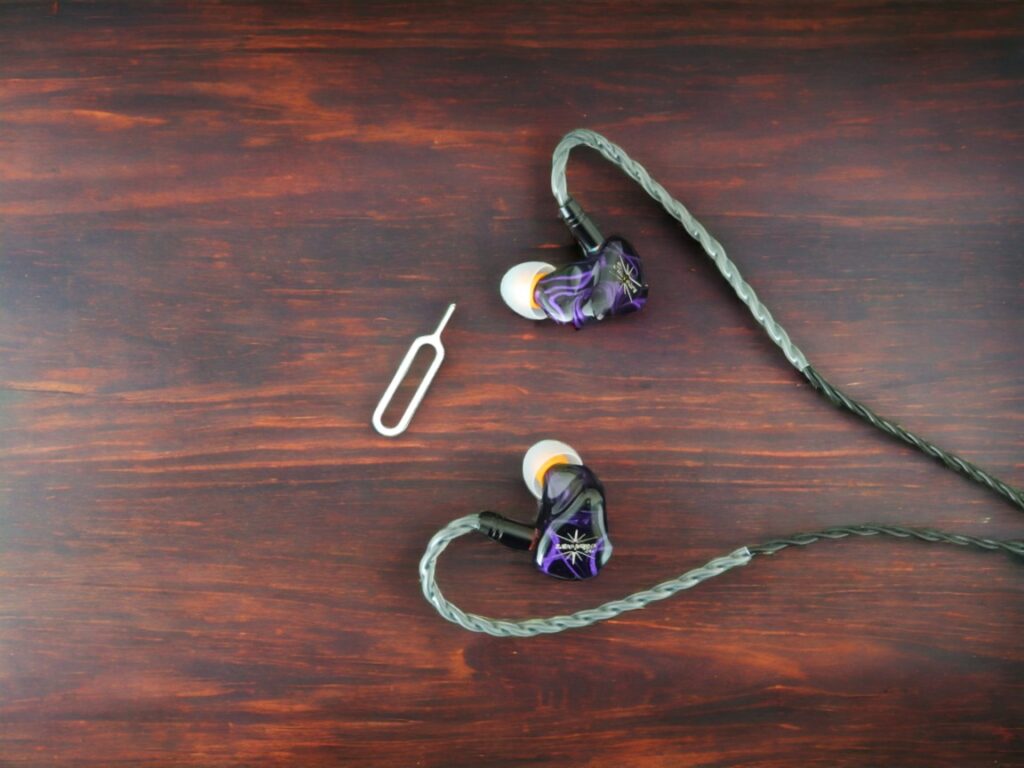
SPECIFICATIONS
- 4 drivers per side: 2 x 10mm Dynamic Drivers, 2 x Custom Balanced Armatures
- Sensitivity: 110db APL/mW
- Impedance: 32ohm
- Housing: Medical-grade resin
- Cable: 1.2 m oxygen-free silver-plated copper
- Connectors: 0.78mm 2-pin connectors on IEM, 3.5 mm connector on cable end
- Included tips: 3 x 3 pairs of silicone tips (3 types in 3 sizes) nozzle fits most 3rd party tips.
- Tuning switches: 2 with 2 positions each enabling adjustment of treble and bass in 4 possible configurations. Tool included.
The Kiwi Ears Quartet construction revolves around a newly developed proprietary dual dynamic bass driver, which utilizes two 10mm titanium diaphragm drivers. They are independently driven by dual magnetic circuits and are passively aligned to be phase-synced and prevent soundwave cancellation.
The dynamic bass drivers take care of everything below 350Hz via a passive crossover that lets the rest of the spectrum be taken care of by two custom armature drivers. The Quartet uses one balanced armature driver for the mid-range and lower treble and another balanced armature driver/tweeter for the higher frequencies.
Kiwi Ears states that the Quartets are supposed to sound thunderous in the bass, but still clean and flat in the mids. From 350-1000 Hz they were tuned to be completely flat. The highs are tuned to be detailed and sparkly without inducing fatigue.
Kiwi Ears give a good description of what to expect from the Quartet: “The Quartet can be thought of as neutral studio monitors, but with sub-bass and bass emphasis beginning at 350 Hz. This provides a little bit more of body, texture, and richness in the lower mids, but neutral mids and upper mids. The Quartet is perfect for performance drummers and bass guitarists who require powerful and impactful lows. Music enthusiasts who want quality bass but a natural tonality will also benefit from the Quartet’s tuning balance.”
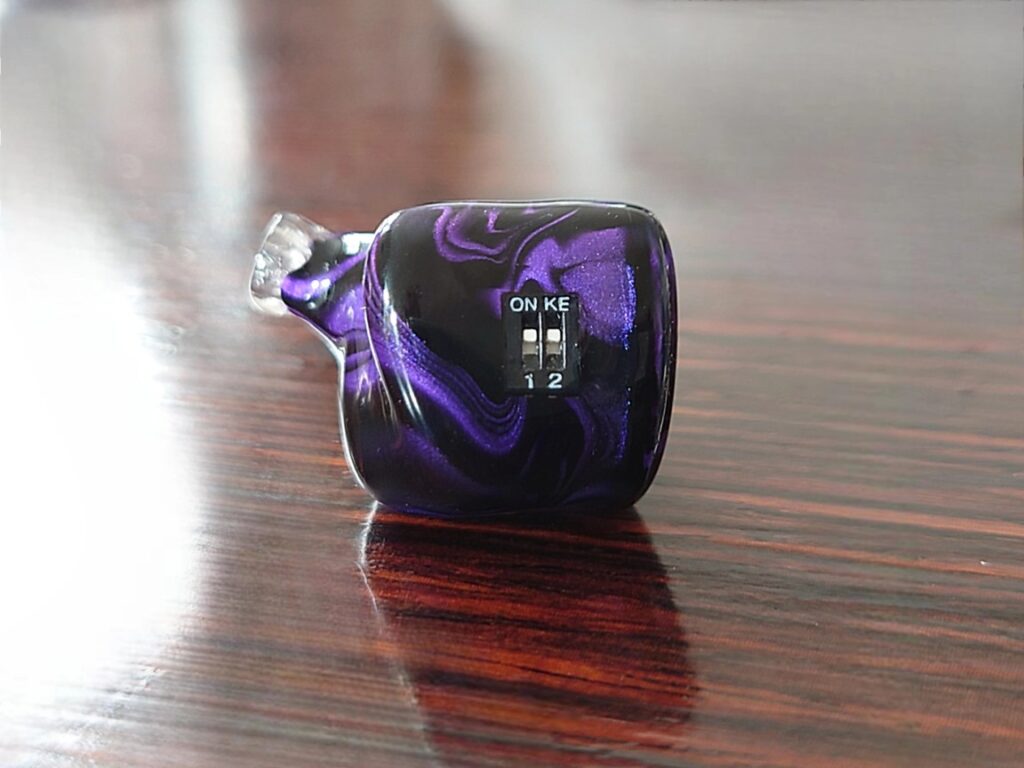
TUNING SWITCHES
There are two switches on each IEM. They have two positions each, thus these two switches give you 4 combinations. The results are very audible. The most different are the two where the switches are on different positions: 1 on and 2 off and vice versa (referred to as 1-0 and 0-1).
Here are the settings combinations:
1-0 more bass, less treble (total basshead mode)
1-1 more bass, more treble (stock mode)
0-1 less bass, more treble (treble mode)
0-0 less bass, less treble (midrange mode)
Adjusting the switches will make you want to adjust the listening level, which is part of the explanation why the sound signature changes. If the bass remains the same, but you increase the treble, you’ll adjust down the volume and the result is less bass.
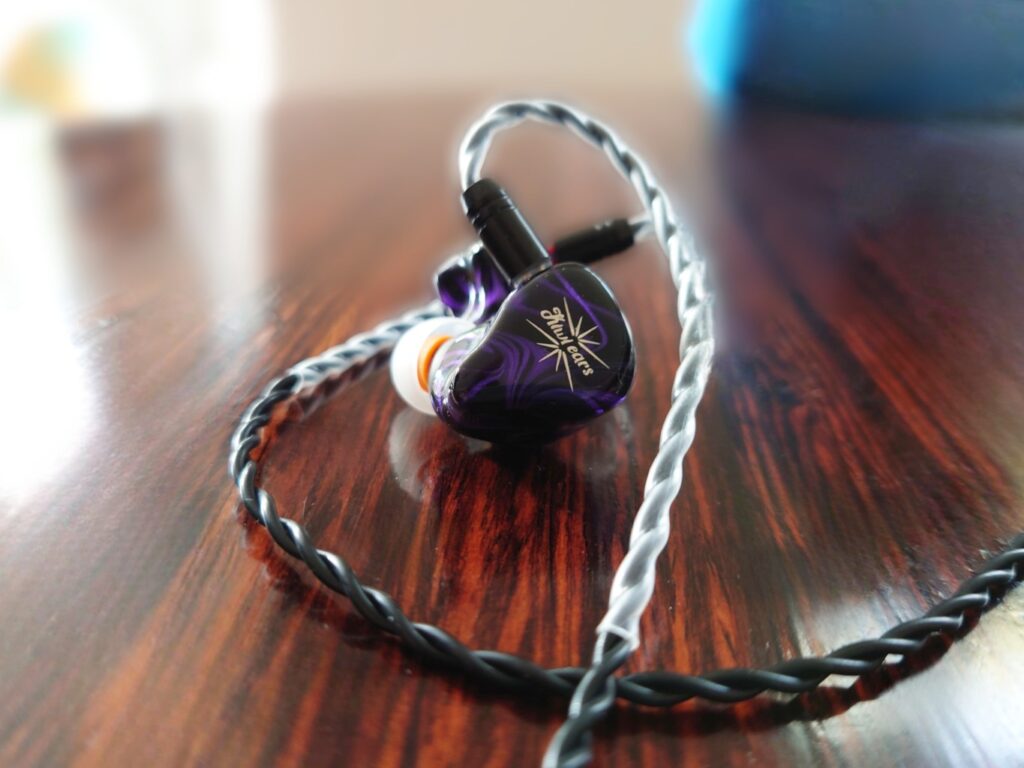
INITIAL LISTENING IMPRESSIONS
Setup: Monolith THX AAA 887 amplifier and RME ADI-2 DAC FS.
Switches are factory set to both switches on, up-up (1-1). I also liked the down-down (0-0) and the down-up (0-1) configuration. The up-down (1-0) configuration is too bassy and lacks energy in the treble, so I didn’t spend much time on that combination.
It Could Be Sweet by Portishead
1-1 The bass is extremely satisfying. It’s full and warm, with lots of thump without taking over. Vocals are airy and delicate.
0-0 Great bass performance even though a bit less quantity. Generally a more relaxed-sounding presentation.
0-1 The bass is almost too polite, and the vocals and percussion are very clear and crisp.
All For Us by Labyrinth
1-1 Again the bass is something special. You cannot miss it. It’s got warmth, body and texture. The soundstage is open and spacious, and the vocals are clear.
0-0 The bass is still deep and textured but not dominating. The sound is more relaxed.
0-1 In this configuration, the bass gets in the background. Vocals, especially female and percussion are brought to the front.
Daddy Lessons by Beyonce
1-1 The trumpets are crisp and clear. The bass is full, deep and detailed. I like the way the vocals are presented, they are smooth and delicate.
0-0 The trumpets are definitely less crisp, the bass is less thunderous, yet still powerful. I like this sound. Although it’s in some ways less exciting, it is more neutral.
0-1 The bass isn’t nearly as powerful as with the two other configurations. Vocals and strings are crisp and clear.
Can’t You See by Susan Wong
1-1 The guitars are warm and delicate. The same can be said about Susan’s vocals. There’s not any bass on this track.
0-0 Still nice, with less treble intensity and crispness.
0-1 Susan’s vocals and everything else are brighter than in the two other configurations.
Cold Cold Heart by Norah Jones
1-1 The bass is full and deep with nice detail. The vocals are smooth and luscious. The piano is clear and crisp.
0-0 The bass is less powerful but still has enough presence. It’s very well articulated. The piano sounds more relaxed.
0-1 The bass is great sounding but kept very politely in the background. Norah’s vocals are crisp and clear.
Limit to Your Love by James Blake
1-1 The Quartet has a great bass, and if you have a good seal this track sounds terrific. The monstrous bass is handled impeccably.
0-0 Again, the bass is great, but a bit less dominant. Percussion is a bit less snappy.
0-1 The snappy precision is back, and the bass feels powerful but not boosted. Vocals are crisper and brighter.
I keep listening to more music and the impressions remain unchanged. Switch 1 elevates the bass and also gives more warmth to the mids. Thus there is more energy to male vocals. Switch two elevates the treble and also gives more energy to the upper mids, noticeable with female vocals, guitars, and trumpets.
The stock 1-1 configuration is the most “V-shaped” but it’s very nicely done and the treble is still very well-rounded and non-fatiguing. The 1-0 is extremely bassy with soft-feeling highs. The 0-0 combination is quite delicious and brings out the mid-range, at the cost of some treble and bass energy. The 0-1 brings the bass to polite levels but the treble energy is quite high. The four combinations are like four different IEMs.
For me, the two combinations that stand out as the best are the factory set V-shaped 1-1 and the more even and mellow 0-0 combination. The 0-1 combination sounds good, but I prefer the other two settings. The 1-0 combo is too bassy and dark.
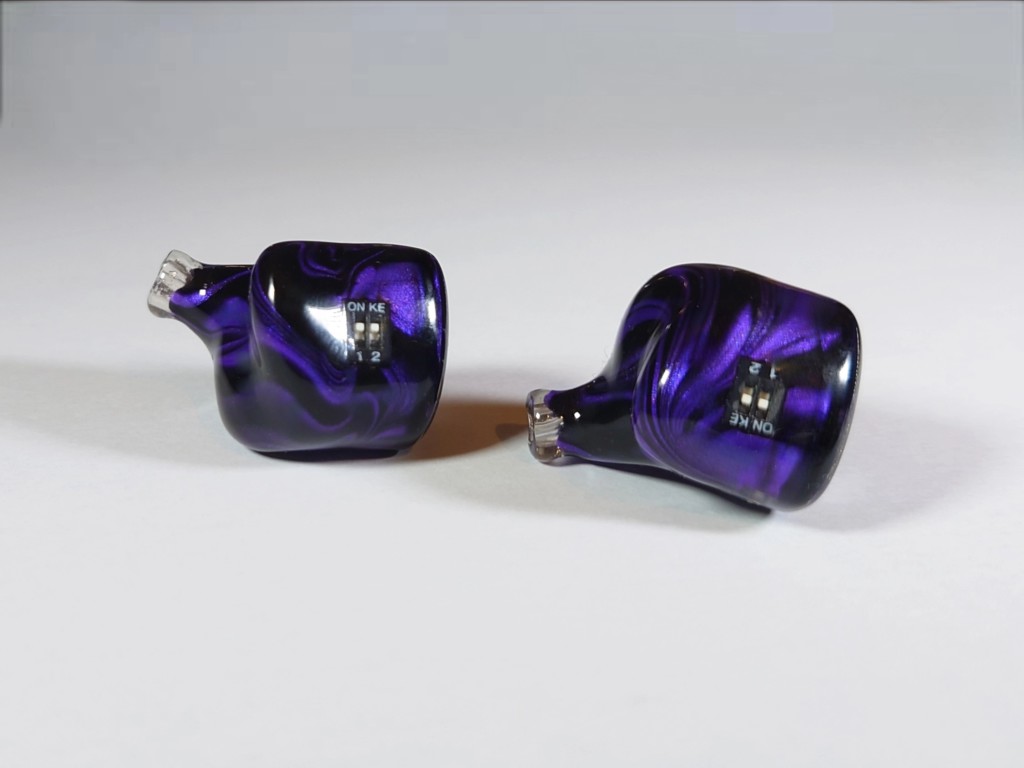
LISTENING IMPRESSIONS WITH STOCK SWITCH SETTING (1-1)
After having identified my preferred settings, I continue listening to some of my favourite bass heavy tracks with the standard 1-1 setting:
Azulejos by Populous
Electronica with thunderous bass. The Quartet sounds terrific. The bass is clean but huge. The mid-range and treble are well-balanced and not edgy.
Bear by Erland Dahlen
Extremely nice rendering of the bass, especially the bass drums. The rest of the spectrum is nicely balanced and neutral sounding.
Around the Bend by Pearl Jam
The bass hits some resonance in the headphones and gets a bit boomy. It’s not to avoid that some frequencies resonate more than others with such a strong bass
Be Good to Me Poly by Youandewan
Deliciously powerful bass, tight and voluminous. Soothing highs and mids.
Angel by Massive Attack
Strong, yet relatively well-behaved bass. I find the separation to be good. The treble and mid-range are velvety and smooth.
Fantasy by The XX
Again, very powerful yet controlled bass (when it finally hits at the end of the track). It’s like having two subwoofers strapped to your head massaging your ear canals.
Hysteria by Muse
Another bass-heavy track where the Quartet delivers. The mids and treble continue to be quite polite
With the Quartet, there is no doubt that the bass is the star. It is powerful and deep. It almost never gets bloated or bleeds into the mids. The mid-range is delicate and the highs are smooth and detailed.
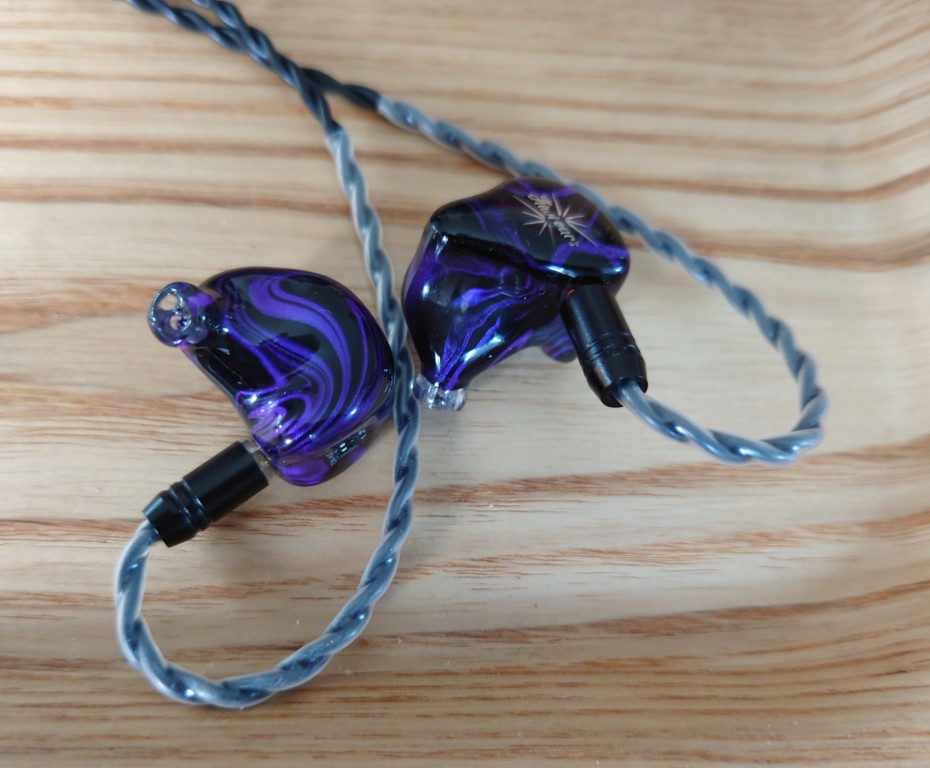
COMPARISONS
KIWI EARS CADENZA VS. QUARTET
The $35 Cadenza is a great budget IEM that really raises the bar. It has great tuning and performs ridiculously well for the price.
Compared to the Cadenza, the Quartet with stock tuning (1-1) first of all, has more and better bass. Further, the lower mid-range is thicker and fuller. It sounds warmer, yet with more fine detail. The treble on the Quartet is more refined.
The Cadenza’s tuning is great, and definitely more neutral than the stock (1-1) tuning of the Quartet.
The soundstage is similar on both, neither extremely wide nor boxed in. As mentioned, you can tune the Quartet to have less bass. Tuning 0-0 feels smoother and more refined than the Cadenza. Tuning 0-1 is the most similar but again it sounds more refined and polished, but also slightly brighter.
In conclusion, the Quartet is a step up in technicalities from the Cadenza. It can be tuned quite similarly but you also have the option to get that extra dose of bass. The Quartet is also noticeably easier to drive.
KIIBOM ALLURE VS. KIWI EARS QUARTET
The $99 Kiibom Allure is a metal body single dynamic driver construction with a Beryllium-plated diaphragm.
With the Quartet at 0-1 configuration, they are not very dissimilarly tuned. I feel the Kiibom to be more precise and spacious, while the Quartet has a more velvety and smooth mid-range presentation. However, it does have a bit more treble energy.
Now, the Quartet has a few tricks up its sleeve. In the 0-0 configuration, the Quartet is smooth as butter, now also in the treble. The Kiibom is tighter and crispier. I like both. Setting the Quartet in the 1-1 configuration, of course, boosts the bass considerably. The Kiibom isn’t bass-light but it is clear that the Quartet is serious about bass, to put it that way.
The Kiibom is a great all-rounder with great clarity and spatial qualities. The Quartet has a smoother, more silky character, especially in the mid-rang, and of course more bass.
LETSHUOER x GIZAUDIO Galileo VS. KIWI EARS QUARTET
The $110 Galileo is a dual-driver construction with a 10 mm dynamic and a balanced armature driver. It has no tuning switches.
The Galileo has very good bass, however, with the Quartet in 0-0 position the bass is still stronger on the Quartet. The mid-range on the Galileo is more up front with more energy in the upper mids. The Quartet is smoother and more mellow sounding. The Galileo has a bit better separation and imaging but the sound-stage is equally big on both. The detail level seems in the same ballpark, although I’d say the Galileo generally sounds a bit clearer and cleaner.
Setting the Quartet in 1-1 mode of course gives it more bass and treble. It feels clearer and has better imaging. It sounds more lively. The upper mid-range is still less pronounced than the Galileo’s, but in the stock setting, the Quartet holds its own. It’s smooth and velvet-like, and the bass is truly something special.
LETSHUOER S12 PRO VS. KIWI EARS QUARTET
These are $170 planar magnetic driver IEMs. I’ll compare it to the Quarter in stock configuration only (1-1).
First of all, the Quartet is easier to drive. Second, they both have quite a lot of bass. Third, the S12 is cleaner and clearer sounding in direct comparison. The S12 does, however, have a slight dryness to its mid-range that the Quartet doesn’t have.
With Beyonce’s Daddy Lessons, the bass is thunderous with both IEMs. Midrange and treble presence are similar. Basically, the LETSHOUER S12 is the next step up from the Quartet if you want the same sound signature. As it is 60 percent more expensive, it should be a bit better, though. They are both good choices in their respectable price classes if you want a bass-heavy IEM.
TRUTHEAR X CRINACLE ZERO RED VS. KIWI EARS QUARTET
This $55 IEM has, like the Kiwi Ears Cadenza, been tuned with the Harman curve in mind. As the Cadenza, it’s great value and a strong performer for its price.
The Zero Red has quite a strong bass, but not as strong as the Quartet. Further, the Quartet sounds warmer and smoother. It also has more detail. The Zero Red is good but the Quartet is better.
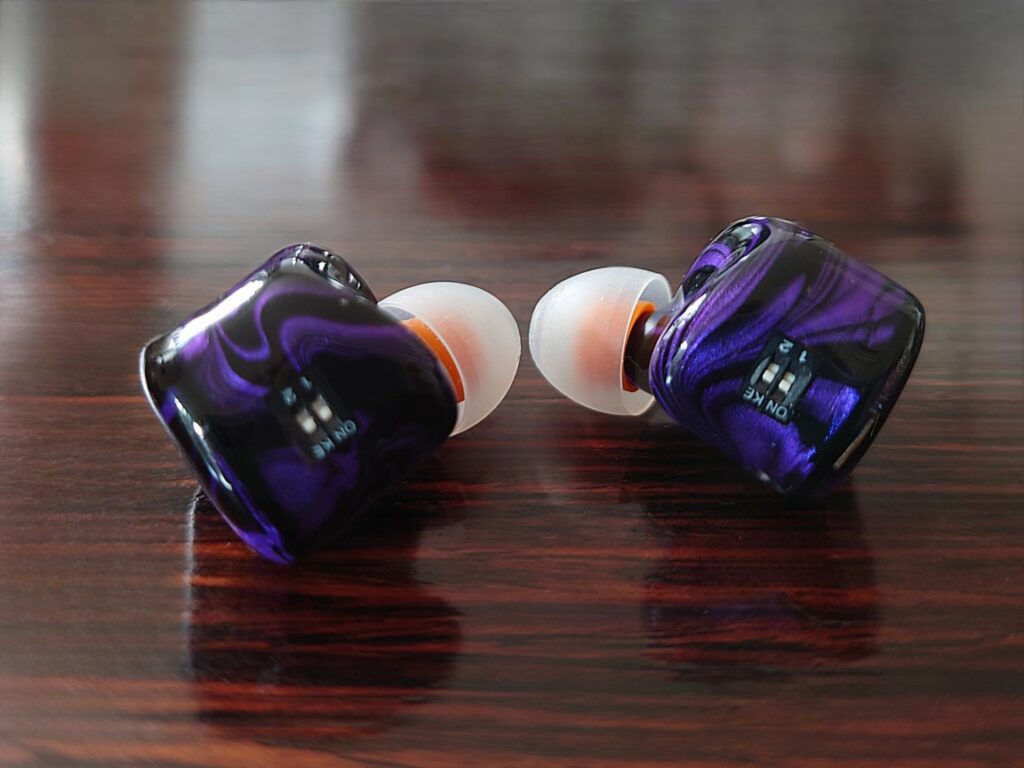
AMPLIFICATION
The Quartet is easier to drive than most of the IEMs I compared it to on the Monolith THX 887. But does it sound as good with a portable DAC/amp?
The Dragonfly Black sounds good. There’s a hiss when the music isn’t playing, though. It also is very powerful so you have to be careful with the volume. The THX ONYX, sounds similarly good, maybe a tad better, and has no hiss. The Dragonfly Red and Cobalt are maybe even a little bit better still, with no hiss when the music stops. Even though the portable DAC/amps sound good, when I go back to the desktop rig, it is a bit better. There’s more detail and a blacker background. Not much difference in absolute terms necessarily, but audible.
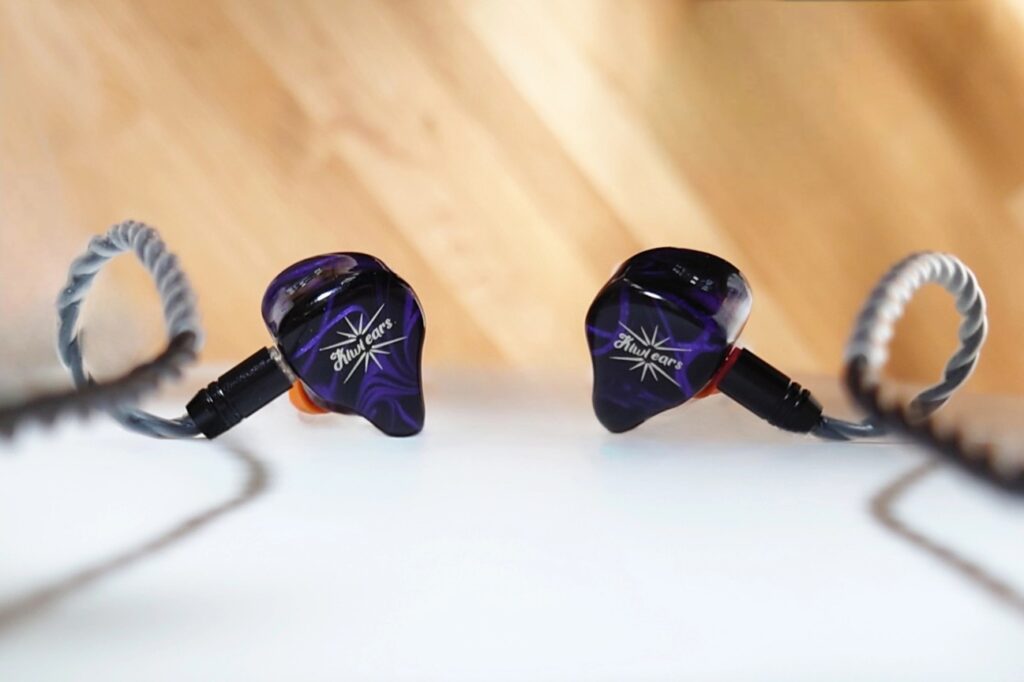
CONCLUSION
The Kiwi Ears Quartet is a delicious sounding IEM. Its big selling point is the bass, and it doesn’t disappoint. It’s a smooth performer, with several very good sounding sound signatures to choose from. The Quartet is a pair of IEMs for those who want that extra bass push. If you like strong bass and dislike piercing highs, I don’t think you can go wrong with the Quartet. If you redecide and want less bass or treble, just flip a switch or two and you have a new IEM.
Buy on Linsoul: Kiwi Ears Quartet
Any purchase you make on Amazon or Linsoul with any of our affiliate links will give us a small provision at no cost to you.
We only get a provision for items that are not returned, so there’s no incentive for us to recommend something that’s not good.
Linsoul : Headphones, Earbuds, Wireless Earbuds, Desktop DAC/AMP, Portable DAC/AMP, Digital Audio Players,
Amazon: Headphones, IEMs, Headphone Amplifiers, Home Audio or Anything else.
.
If you enjoyed this article or other content on The Headphoneer, you might consider leaving a small donation to keep this website up and running. No donation is too small. Thanks for supporting us!
If you like our work please follow us on Instagram, Facebook and Twitter , it will help us grow. Sharing is caring 🙂
